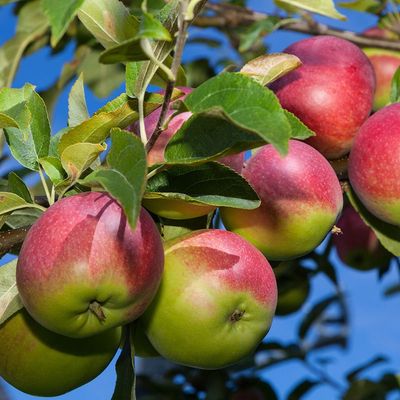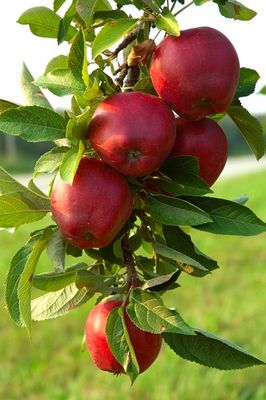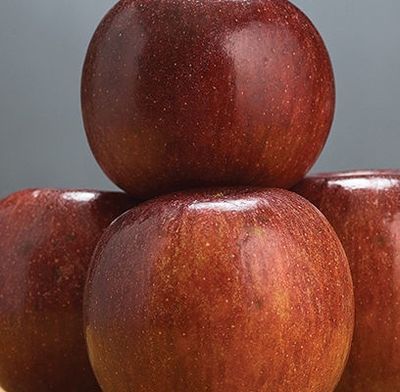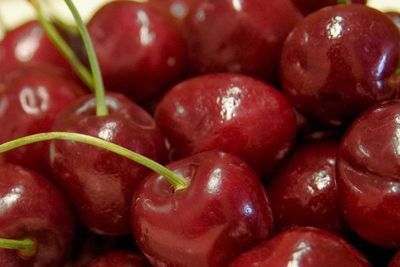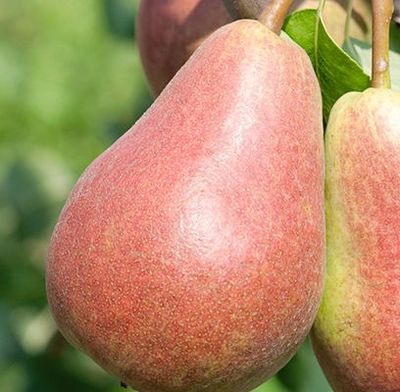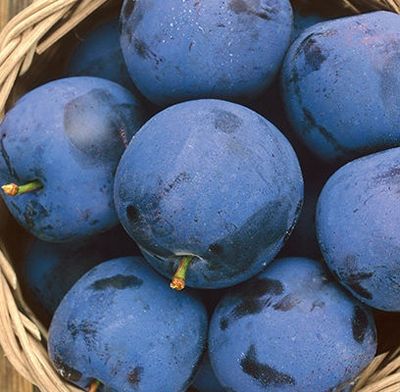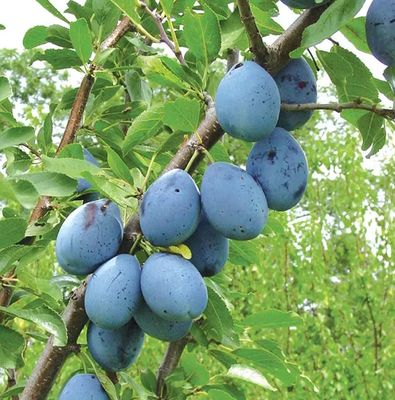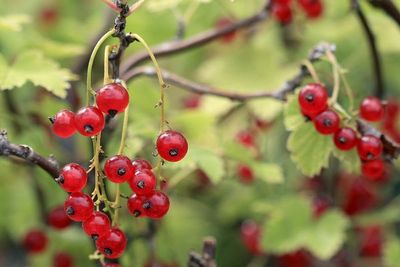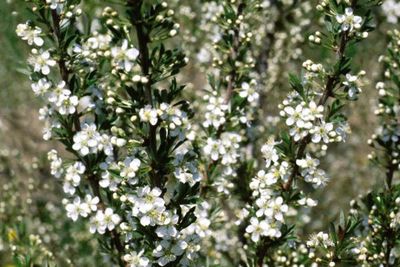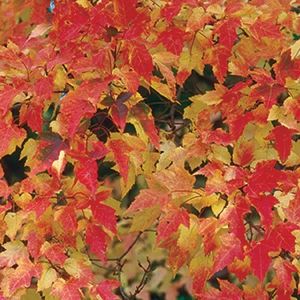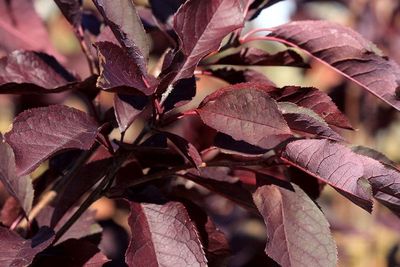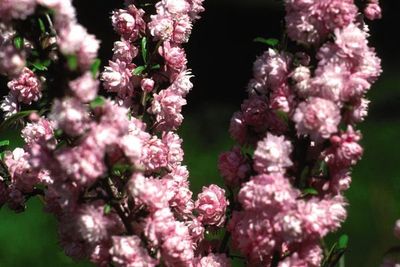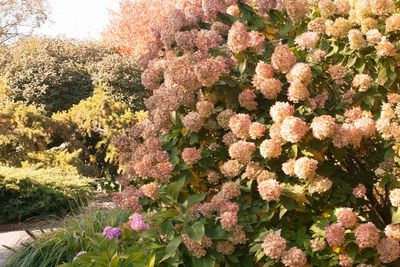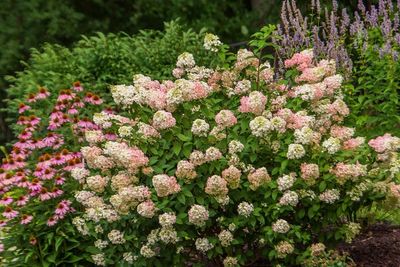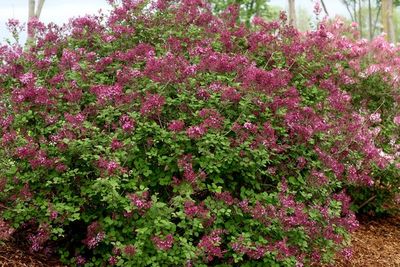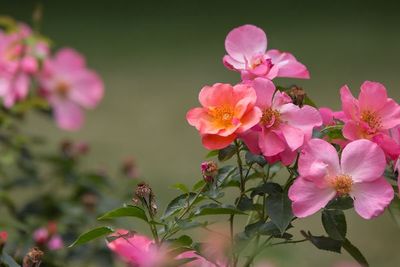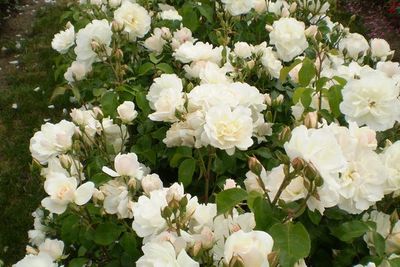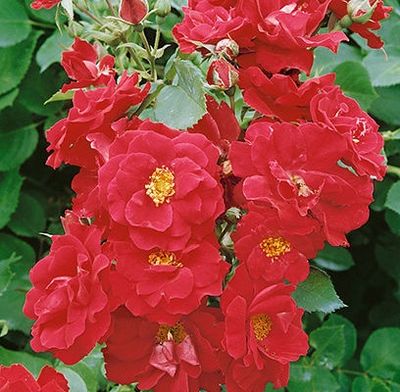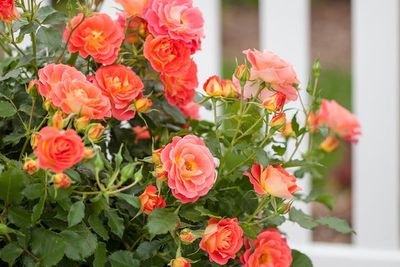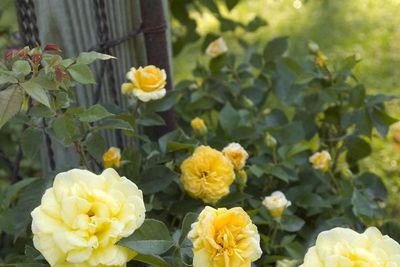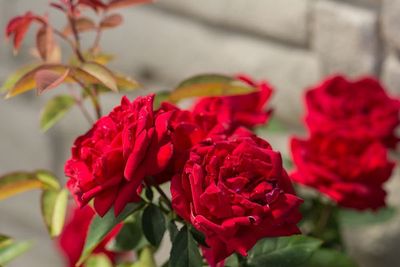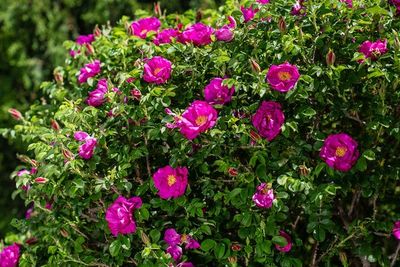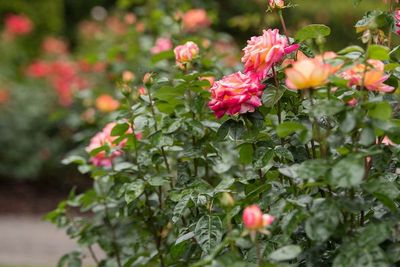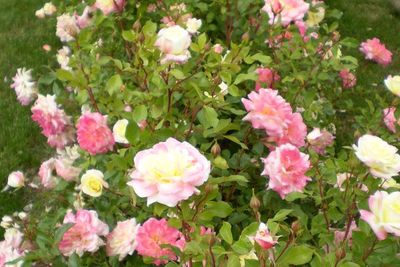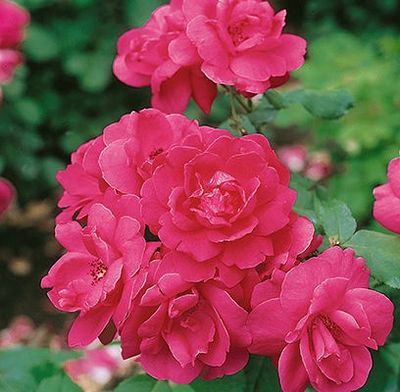

Bare Root Plants
Why Choose Bare Root Plants?
The benefits of buying and planting bare root trees and shrubs are extensive—both for the gardener and the plant itself.
Bare root plants are sold dormant and without soil, making them lighter, easier to handle, and more affordable than container-grown or balled-and-burlapped plants. Because they’re not confined to a potting medium, their roots spread and establish naturally in your garden soil, leading to faster and stronger growth.
In fact, bare root trees often develop up to 200% more root mass than their container-grown counterparts, helping them reach maturity sooner and adapt more readily to their surroundings. They also avoid the “transplant shock” that can occur when a plant must adjust from nursery soil to your native soil—since they start fresh, right where they’re planted.
Bare Root Fruit Trees
Bare Root Flowering Shrubs
Bare Root Roses

Bare Root Pickup
Please bring trash bags and a printed copy of your order with you to pick up your plants!
Pickup Hours
Saturday, March 28th, 2026 9:00-5:00
Sunday, March 29th, 2026 10:00-5:00
Questions?
Bare Root Planting Instructions
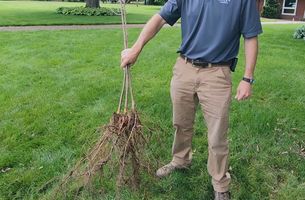
Before planting, you’ll need to soak the roots for at least 2 hours, but not to exceed 24 hours. This is an important step because it will allow the roots to re-hydrate and absorb water.
We encourage planting ASAP, but if you’re delayed, maintaining consistent moisture with leaf matter or mulch throughout the entire root system is important!
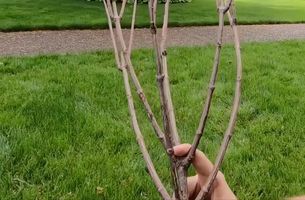
The practice of pruning off ¼-⅓ of all the branches, from the tips back, allows the plant to supply the remaining buds with enough moisture and nutrients. If all the buds are left to open to grow, a bare root tree or shrub may struggle because it can not supply all of the buds with the necessary amount of water. Prune prior to planting or right after you plant.

Since it takes between 2 to 4 weeks for the roots to become active enough to supply the plant with water, you should keep the soil evenly moist during this period. You can lightly water every other day during the first two weeks. After that, you can allow the soil to go lightly dry between waterings, eventually watering about once a week.





